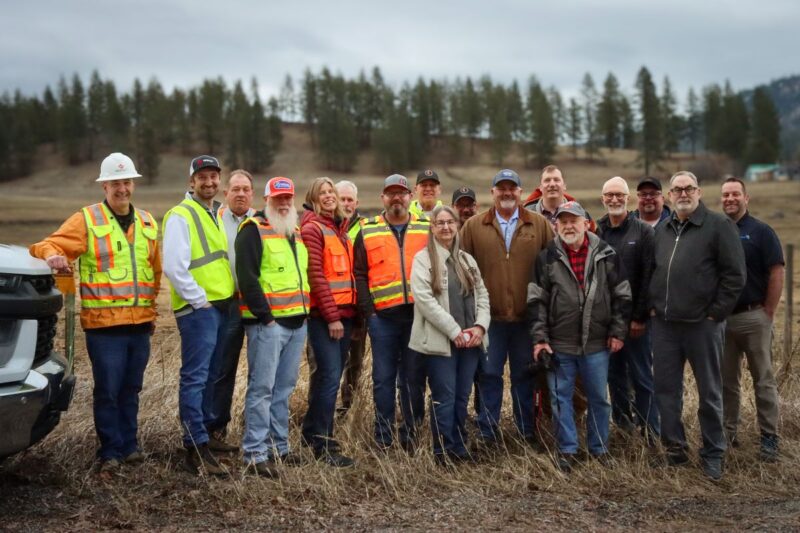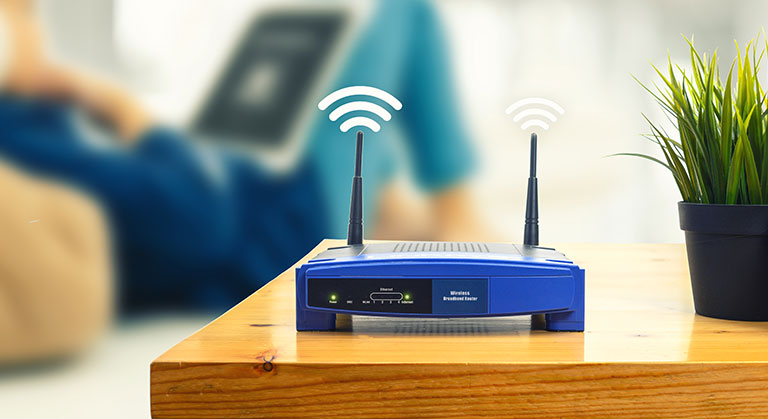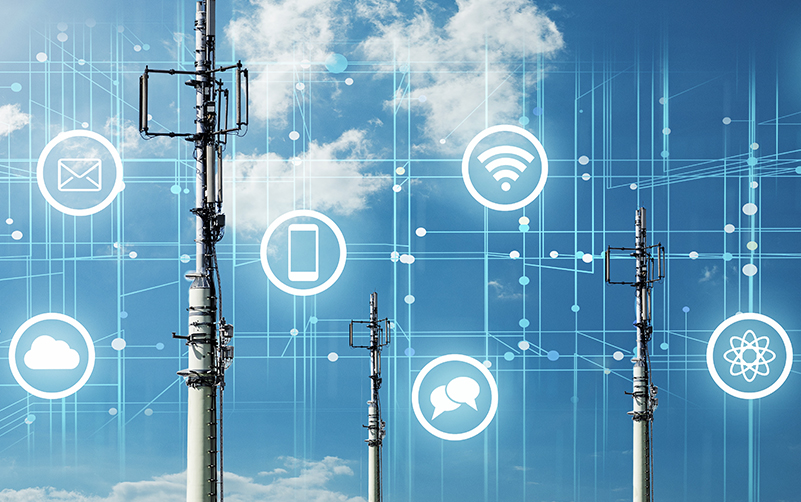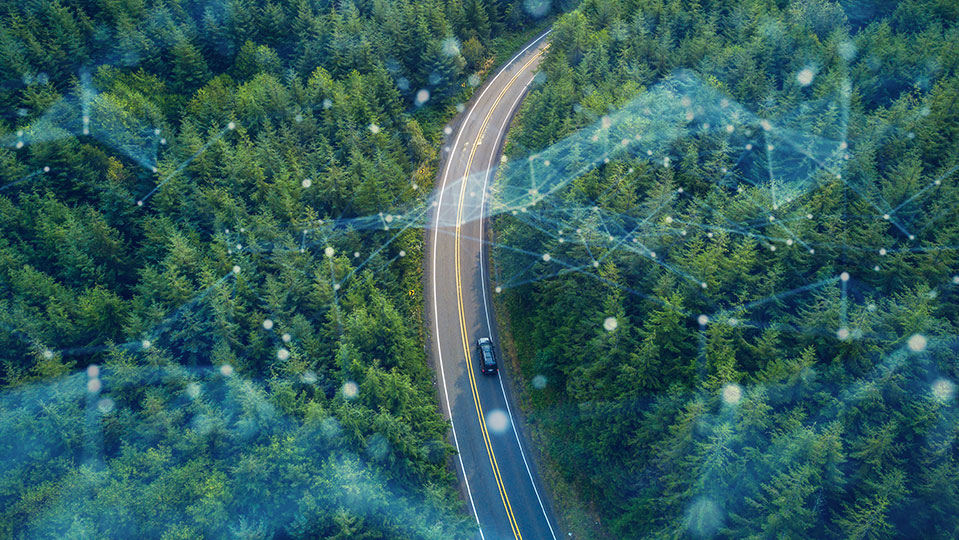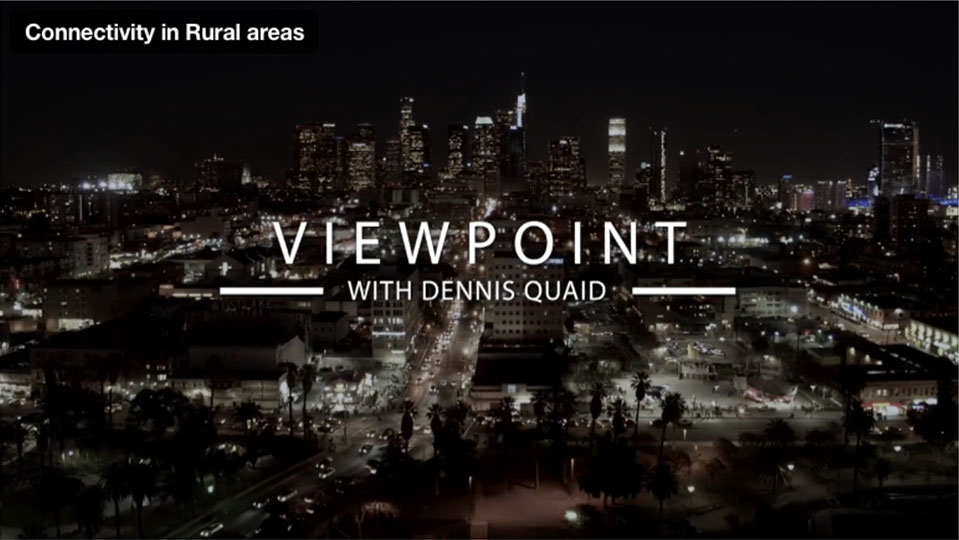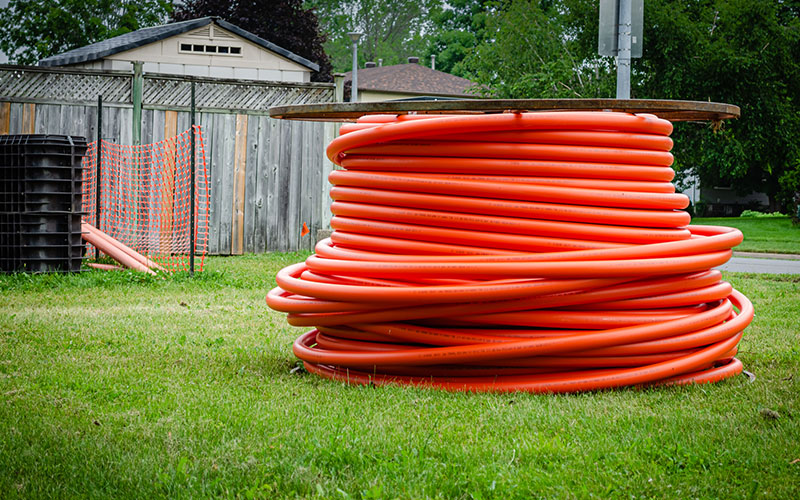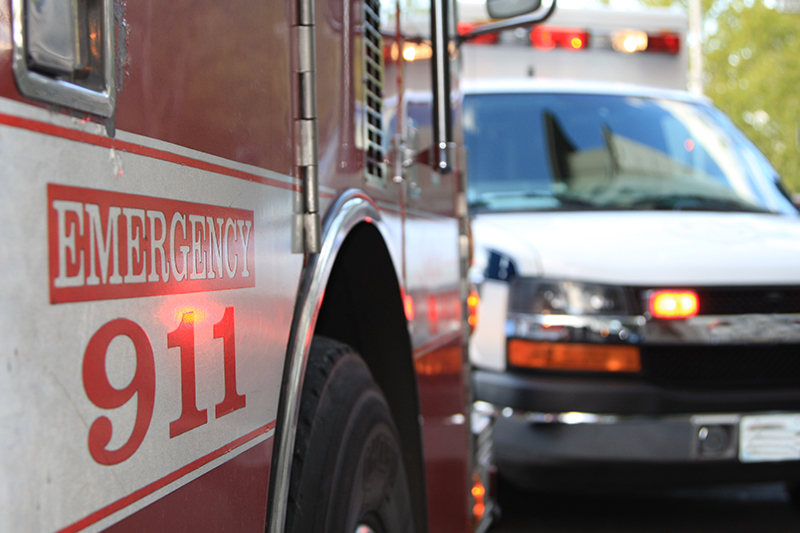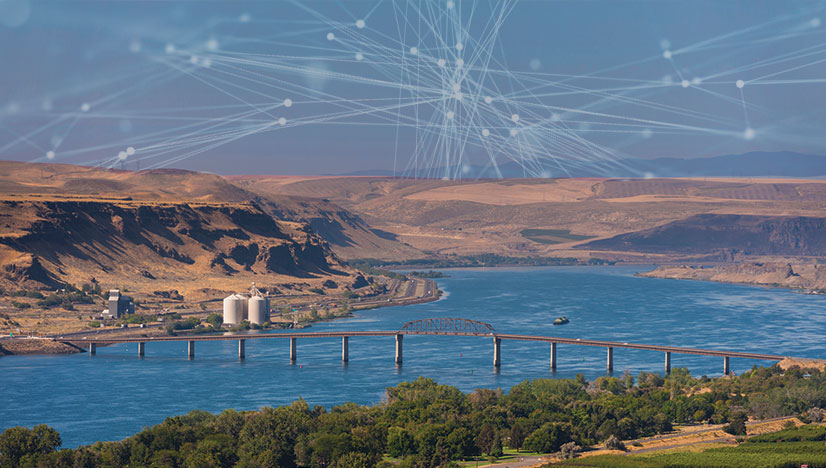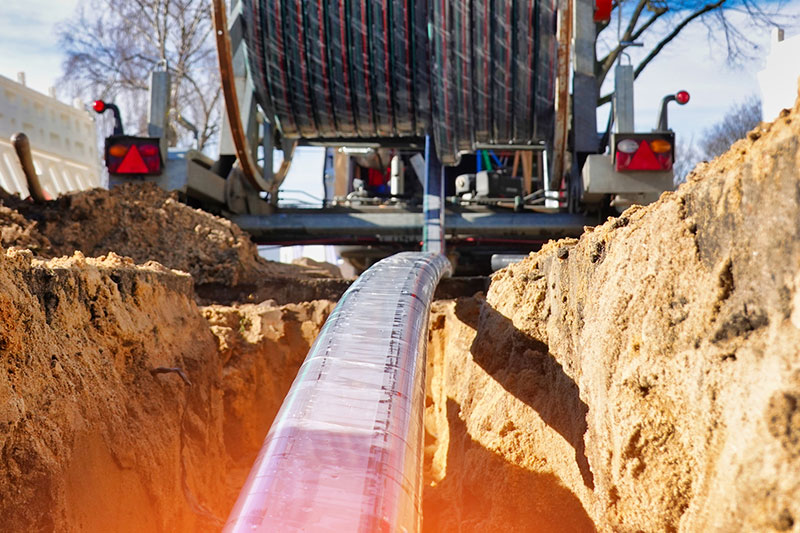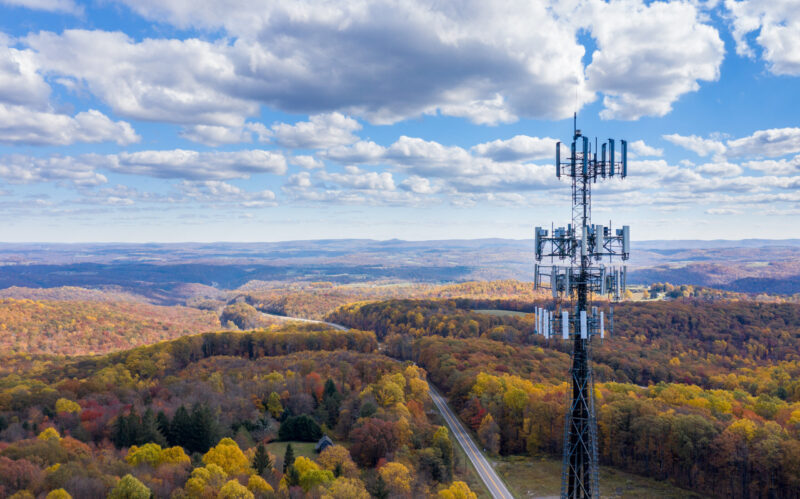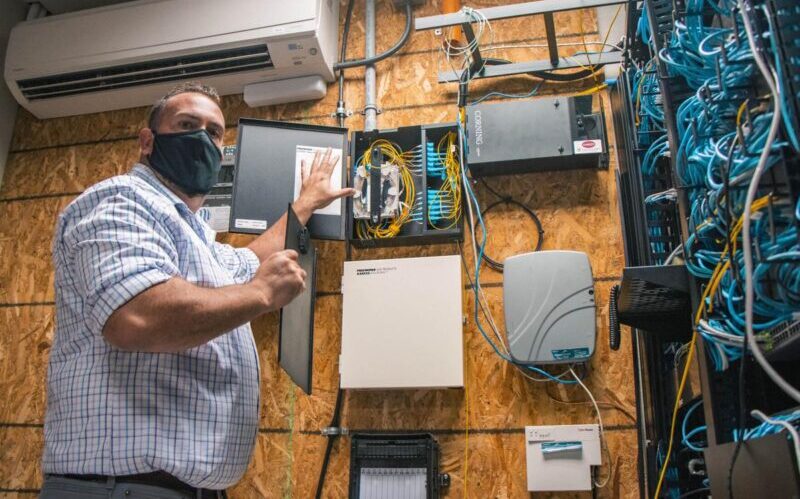According to the Federal Communications Commission’s (FCC) 2019 Broadband Deployment Report, approximately 21.3 million Americans lack a broadband connection speed of at least 25 megabits per second (Mbps) download/3 Mbps upload, which is the FCC’s benchmark for high-speed broadband. In the midst of the coronavirus (COVID-19) pandemic, federal, local, and state governments, in addition to large and small businesses, are considering remote working or distance learning options to help abate the spread of the virus. As these decisions are made, some portion of the population will likely have the option and the capability to shift activities online, while others will not. COVID-19 mitigation efforts will likely reveal discrepancies in broadband availability and accessibility—termed the digital divide—across the United States.
The Digital Divide
The term digital divide refers to the gap between those Americans who use or have access to telecommunications and information technologies and those who do not. Several factors contribute to the digital divide disparity, including terrain, population density, demography, and market factors. Even in areas with broadband penetration, factors such as income can inhibit the ability of individuals to access broadband. For example, according to a 2019 Pew Research Center study, 44% of adults with household incomes below $30,000 a year do not have home broadband services. Although broadband access in the United States has steadily increased over the last 10 years, the digital divide persists. For background on the digital divide, see CRS Report RL30719, Broadband Internet Access and the Digital Divide: Federal Assistance Programs, by Colby Leigh Rachfal and Angele A. Gilroy.
Remote Workforce Challenges
Moving an entire workforce from an onsite environment to a remote environment may present some challenges; including the ability to connect to broadband in the home and the inability of all jobs to be done remotely. While those who have access to broadband may be able to work remotely and continue operations uninterrupted, there are many people who cannot perform their work functions from home, such as those in the restaurant, construction, or hospitality industries. According to the Department of Labor, approximately 29% of workers in the United States may be able to work from home. Another challenge may be capacity issues and whether a network can support a remote workforce.
Distance Learning and the Homework Gap
Internet use has increased in schools, with a growing number of schools issuing homework assignments online. In response to the coronavirus, some schools are not just assigning homework online, but temporarily moving all instruction online. The move to online instruction on a massive scale will likely encounter various challenges, especially if students do not have access to broadband at home or access to service with sufficient speed to support live features such as video conferencing. The divide between students that have access to adequate broadband at home and those that do not is known as the Homework Gap. While some schools may have the option to shift classes online, many cannot due in part to the varying levels of access to broadband. Some schools may have the resources to lend devices, such as laptops or tablets, along with hotspots to provide broadband to students; however, some schools may not—which may place those students at a potential disadvantage to their peers who do have connectivity.
Telemedicine
As the coronavirus continues to spread in the United States, the Centers for Disease Control and Prevention (CDC) have advised the best way to prevent catching the coronavirus is to avoid being exposed to the virus; namely avoiding close contact with people who may be carrying the virus (also known as social distancing). Visiting a doctor’s office may increase the chance of encountering people who are contagious, and an option of seeing a doctor virtually, known as telemedicine, may be an effective method of reducing the spread of the coronavirus. In addition, the coronavirus may constrain resources at hospitals and telemedicine could be an efficient and safe way for doctors to diagnose patients. By using the telemedicine option, a patient may be able to video teleconference with a doctor from the comfort of their home; however, telemedicine requires connection to high-speed broadband. For background on telemedicine, see CRS Report R46239, Telehealth and Telemedicine: Frequently Asked Questions, by Victoria L. Elliott.
Broadband Mapping
Although the FCC’s 2019 Broadband Deployment Report indicates approximately 21.3 million Americans lack a broadband connection, the number may be higher due to potential inaccuracies in broadband mapping data. Pinpointing where broadband is and is not available in the United States has been an ongoing challenge. Current data on national broadband availability is provided by private telecommunications providers, collected by the FCC, and displayed on the FCC’s Fixed Broadband Deployment Map. Difficulty in accurately mapping broadband availability has been attributed to a number of factors, including the adequacy of census block data, the lack of independent data validation outside the FCC, and the absence of a challenge process for consumers and other entities that believe the Fixed Broadband Deployment Map may overstate availability in their area. This can be particularly challenging for decision-making on whether to move classes online or move a workforce to telework, as there is no accurate basis for determining who would have access to broadband and who would not. For additional information on broadband data and mapping, see CRS Report R45962, Broadband Data and Mapping: Background and Issues for the 116th Congress, by Colby Leigh Rachfal.
By Colby Leigh Rachfal
Originally Published March 13th, 2020
Congressional Research Service
Press Release
Download Report


